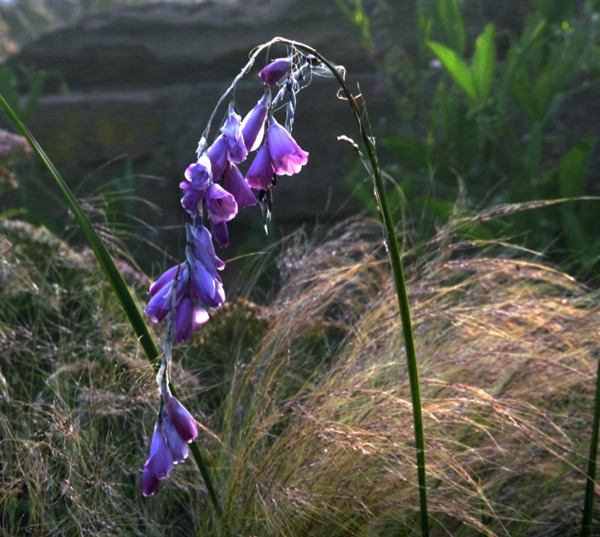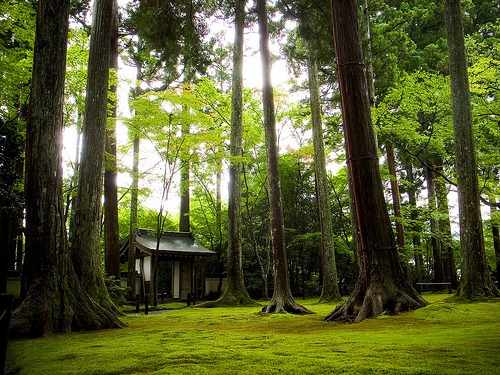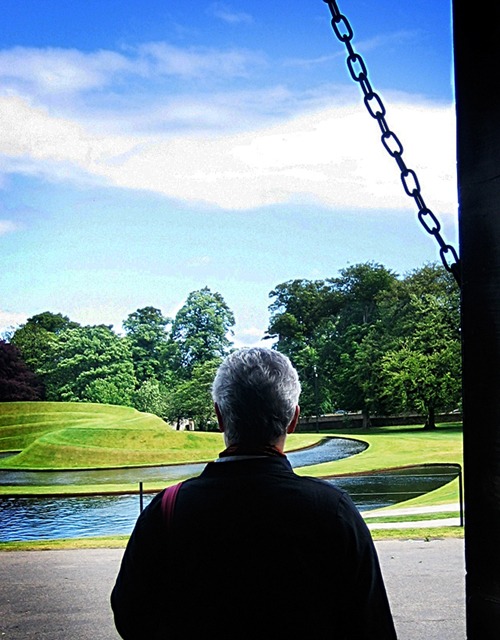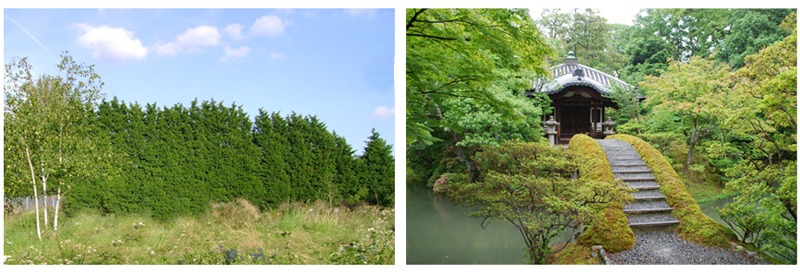 A friend, who is both a designer and a plant expert, remarks that “a planting design should be done without reference to plant names”. Instead, “the designer should use sketches and cross sections” – and then think about what species could achieve the design effect.
A friend, who is both a designer and a plant expert, remarks that “a planting design should be done without reference to plant names”. Instead, “the designer should use sketches and cross sections” – and then think about what species could achieve the design effect.
Though I accept the point that planting design is very much to do with colour, texture, mass, etc, I do not agree with the point. Think about furniture design: you need to know whether the item is to be made with steel, plastic, cast iron, oak, ash, birch or whatever, BEFORE the design can be started.
So what are the principles of planting design? We published an eBook on the Principles of Garden Design in 2008 and, if time and inspiration permit, would like to follow it with an eBook on the Principles of Planting Design.
Though unsatisfactory, it it tempting to conceive the subject in terms of historic approaches to planting design. My friend’s approach, I think, relates to the Bauhaus belief that there are certain principles of abstract design which, presumably, apply to any project in any time in any place. As Geoffrey Jellicoe wrote in 1925 ‘The bases of abstract design, running through history like a silver thread, are independent of race and age’.
Modern planting designs are treated as abstract compositions which need only please the eye. But there is more to planting design and abstract composition runs contrary to the idea that ‘form follows function’. If one wants to grow cabbages or apples, or to engage in permaculture, then one cannot think about ‘the design’ in isolation from its function.
The photograph illustrates the point that “Dierama pulcherrimum is an elegant plant which looks well with the softness of Stipa tennusima“. But could this plant combination have been achieved by doing the design BEFORE thinking about the species? I asked the designer and learned that ‘ The Stipa was planted first and placed because I thought it was a place it would flourish. Then I walked round, some years later, with the Dierama in a pot – and thinking both where it would grow and what it would go with from a compositional point of view’. So species selection preceded aesthetics.




 Short-term thinking produces such horrors as the ‘useful quick-growing screen’, achieved (left) with Lawson’s Hated Cypress (Chamaecyparis lawsoniana ‘Horribilis’). Long-term thinking produces such masterpieces as Katsura Imperial Villa (right).
Short-term thinking produces such horrors as the ‘useful quick-growing screen’, achieved (left) with Lawson’s Hated Cypress (Chamaecyparis lawsoniana ‘Horribilis’). Long-term thinking produces such masterpieces as Katsura Imperial Villa (right).